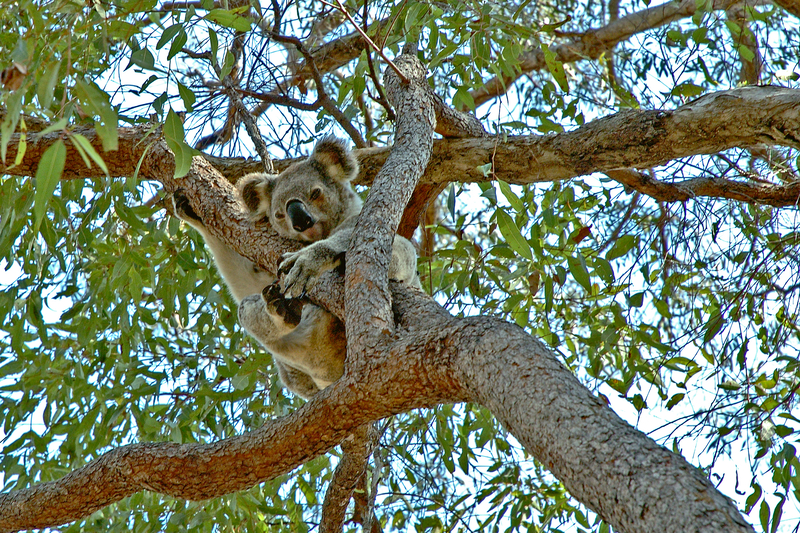The Hon. Michael Kemp, Member for Oxley, Media Release, 30 October 2025
The latest national koala population estimates from CSIRO’s National Koala Monitoring Program (NKMP) have revealed a staggering leap in koala numbers that upends years of alarmism.
The 2025 CSIRO report estimates the listed population between 398,000 and 569,000, a dramatic rise from the 2024 estimate of just 95,000 to 238,000.
While researchers emphasise that the numbers reflect better data collection and broader survey coverage, not necessarily a sudden population boom, what is now clear is that koala populations have been under reported for decades.
“From fewer than 240,000 to over half a million in just one year. How is that considered extinction? It’s time the Government faced the facts and stopped using fear to justify bad policy,” Mr Kemp said.
“This is data from the largest and most sophisticated koala monitoring program in the nation and yet Premier Minns and Minister Sharpe are choosing to let environmental ideology guide their decisions.”
Findings across NSW, Qld and the ACT reveal koalas inhabiting a wider range than ever recorded, with higher densities east of the Great Dividing Range and new populations toward the western edge. These results form a post-2022 listing baseline, giving Australia the most accurate picture yet of koala populations.
Mr Kemp said the decision to push ahead with the GKNP shows blatant disregard for evidence and a lack of understanding of sustainable forest management.
“This decision isn’t about protecting koalas. It’s about politics. Labor is trading science for city votes,” Mr Kemp said.
The technical details of the NKMP’s 2025 population estimate will be published in a peer-reviewed scientific paper, expected late 2025 or early 2026.
Mr Kemp says the numbers speak for themselves:
“Instead of acknowledging the actual data and halting the world’s most sustainable industry with the strictest forestry regulations anywhere, Labor is destroying hundreds of regional jobs and locking up land under the false guise of conservation.”
More information can be found – National Koala Monitoring Program.
Related stories: Open for Debate: Koalas

